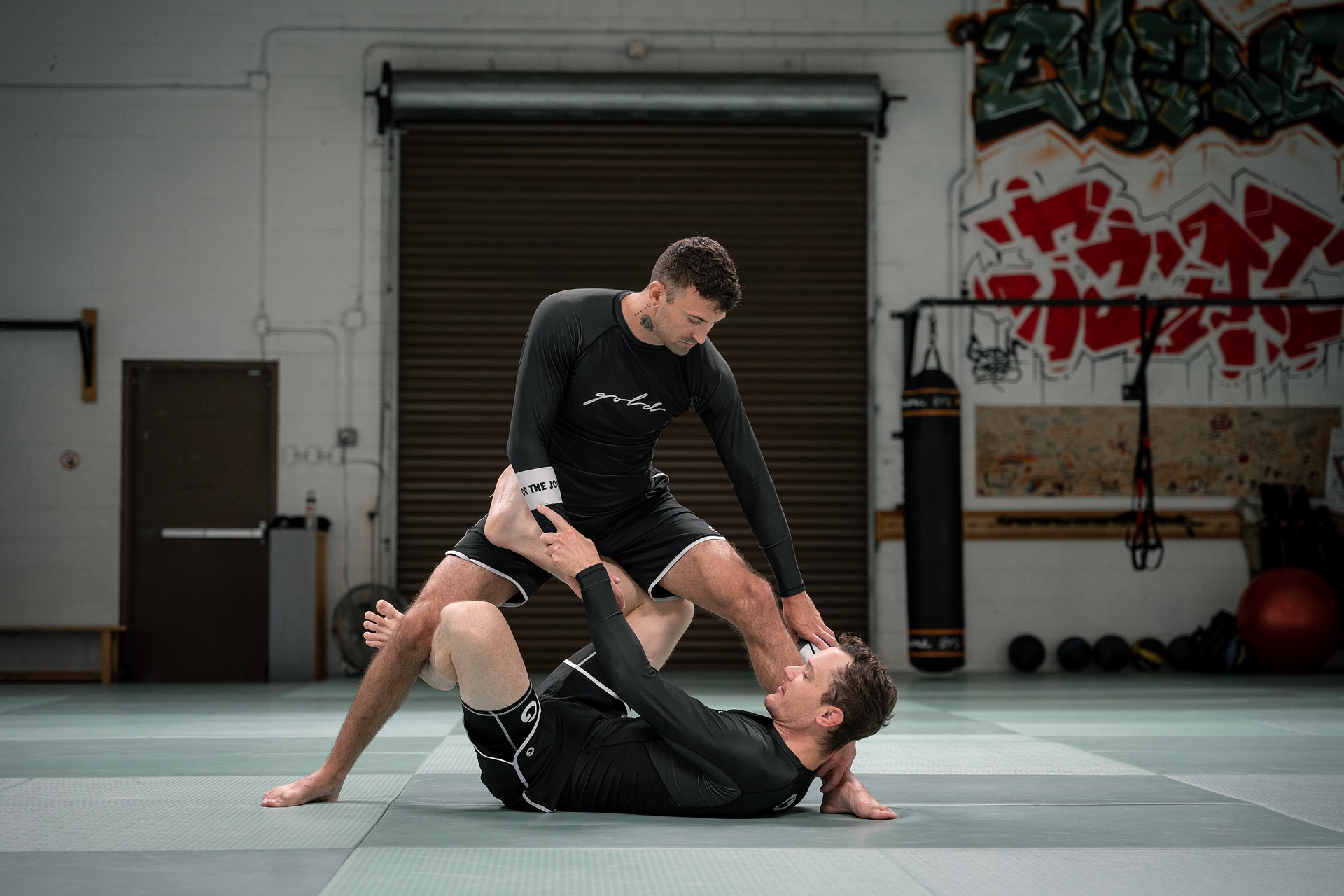Breaking Down the Art of Capoeira: A Unique Blend of Martial Arts and Dance
Capoeira, a Brazilian martial art that combines elements of dance, acrobatics, and music, is a unique discipline that has captured the attention of sports enthusiasts and fitness aficionados worldwide. This art form's origins, evolution, and its current global impact provide a captivating study of how sports can transcend boundaries, creating a universal language of movement and rhythm.

The Origins of Capoeira: A Struggle for Freedom
Capoeira’s history is deeply intertwined with the struggle of African slaves in Brazil. During the 16th to 19th centuries, slaves from Africa were brought to Brazil to work in the sugarcane plantations. Amidst this oppressive environment, Capoeira was born. It was a clandestine method of self-defense disguised as a dance, allowing slaves to train without raising the suspicion of their masters. This unique blend of martial arts and dance served as a tool for survival and resistance, embodying a fight for freedom.
The Evolution and Legalization of Capoeira: From Outlaw to National Heritage
In the early 20th century, Capoeira was criminalized in Brazil due to its association with gangs and criminal activities. However, Mestre Bimba, a renowned Capoeira master, changed the narrative. He developed a new style, Capoeira Regional, which emphasized the martial aspects and physical benefits of the art. Through his efforts, Capoeira gained recognition as a legitimate sport and was decriminalized in 1937. Today, Capoeira is a symbol of Brazilian national identity and culture, recognized as a cultural heritage by UNESCO.
Capoeira in the Modern Era: A Global Phenomenon
The popularity of Capoeira has grown significantly in recent decades, with schools opening up worldwide. Capoeira’s appeal lies in its holistic approach to fitness—it promotes flexibility, strength, endurance, and agility while incorporating rhythm and flow. Additionally, the communal aspect, with its emphasis on respect, camaraderie, and cultural exchange, makes it an enriching social experience.
The Benefits and Challenges of Practicing Capoeira
Capoeira offers numerous physical and psychological benefits. It improves cardiovascular health, flexibility, coordination, and strength. Mentally, it fosters self-discipline, boosts confidence, and promotes a sense of community. However, mastering Capoeira can be challenging. It requires a high level of physical fitness, a keen sense of rhythm, and an understanding of the complex interplay between offensive and defensive moves. Despite these challenges, the rewards of practicing Capoeira—enhanced fitness, mental resilience, and a strong sense of community—are well worth the effort.
Capoeira: A Unique Interplay of Sport, Culture, and Community
In conclusion, Capoeira is more than just a martial art or a form of exercise. It is a testament to human resilience, a celebration of cultural heritage, and a unique blend of sport and artistry. Whether you’re an athlete seeking a new challenge or an individual looking for a fun, engaging way to stay active, Capoeira offers a vibrant and rewarding journey. As the world continues to embrace this dynamic art form, Capoeira’s rhythm, flow, and spirit of camaraderie serve as a powerful reminder of how sports can unite, inspire, and empower.




